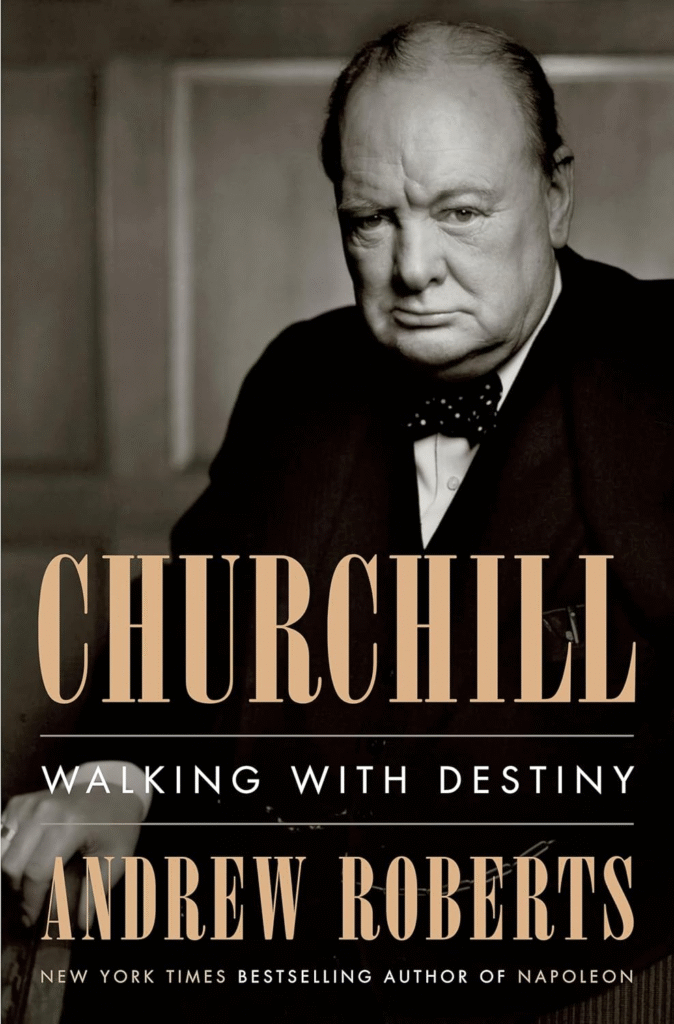What is the role of a leader when the world around them is shaking? In moments of crisis, when fear is high and certainty is low, leadership becomes more than a position—it becomes an anchor of hope, resilience, and direction. True leaders are change-makers who step forward not only to solve problems but also to inspire others to rise above them.
Unfortunately, history has also shown us the opposite: dictators and self-serving rulers who close the door to new ideas, silence innovation, and shut out alternative perspectives. In those environments, creativity dies, and progress stalls. But the most inspiring leaders prove the opposite: that crisis leadership is not about control—it’s about courage, clarity, and connection.
Winston Churchill: Leadership in the Darkest Hour
One of history’s greatest examples of crisis leadership is Winston Churchill during World War II. In 1940, when Britain stood on the brink of invasion, and much of Europe had already fallen, Churchill faced a moment where many felt defeat was inevitable. Yet he chose to respond with resilience and vision.
- Courage in Action: Instead of hiding behind political walls, Churchill became the visible face of resistance. He walked among citizens, visited bombed neighborhoods, and showed that their leader was present with them in their darkest moments. His courage calmed fear and fueled resilience.
- Inspiring Communication: Churchill’s speeches are legendary because they gave people hope when hope seemed impossible. With words like, “We shall never surrender,” he turned fear into determination. He didn’t sugarcoat the situation, but he infused it with belief that together they could endure and ultimately win.
- Mobilizing Support: Just like great leaders today, Churchill understood the power of alliances. He rallied international support, building partnerships that eventually tipped the balance of the war. His ability to communicate values beyond his own borders inspired others to take action.
Churchill teaches us this: leaders in crisis do not eliminate fear—they give people a reason to move forward despite it.
Lessons in Crisis Leadership
- Be Present and Visible
In times of chaos, people don’t just need instructions—they need presence. A leader who stands among their people communicates solidarity and courage without speaking a word. - Use Communication as a Weapon of Hope
Words can either destroy morale or build unshakable resolve. Great crisis leaders tell the truth, but they wrap it in determination, vision, and belief in a better outcome. - Mobilize Support and Build Alliances
No leader wins alone. In crisis, the ability to inspire others—whether your team, community, or global allies—is the difference between survival and collapse. - Lead with Values, Not Ego
Crisis magnifies character. Leaders who serve their people, grounded in values and responsibility, build trust that outlives the crisis itself. Those who lead with ego only deepen division.
Remember:
A crisis is a test of leadership. It reveals who is willing to act when action is most difficult. The right leader turns uncertainty into direction, fear into resilience, and obstacles into opportunities for unity.
As you reflect on your own leadership journey, ask yourself:
- How do I show up when my team faces challenges?
- Do my words fuel hope or spread fear?
- Am I building trust and alliances, or isolating myself?
Remember: Crisis doesn’t make leaders—it reveals them. Whether in your workplace, family, or community, your ability to lead in difficult times can inspire courage in others.
Thank you for taking the time to read these reflections. May you find strength to lead with courage, clarity, and compassion in the moments that matter most.
#UcanBeLeader #OpportunitiesForLeaders #BusinessLeadershipReview #StorySpeakLanguage #LuxuryLeaders #Leadership #Medium #SuccessMindset

